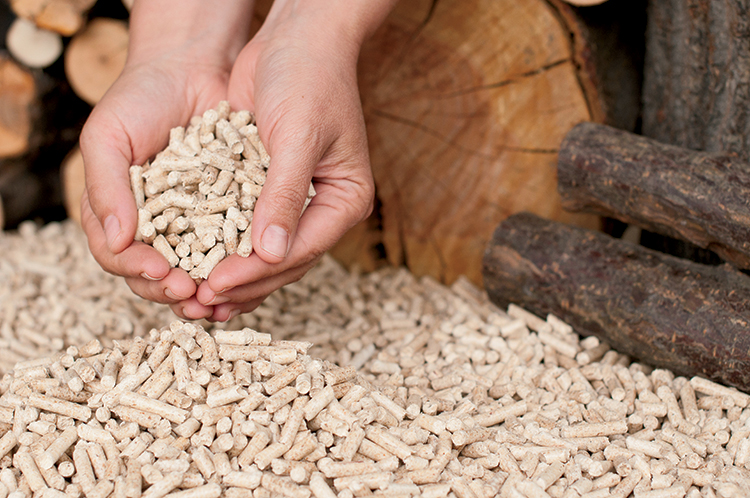Home > Alabama > Alabama Environment > A Coal Alternative for Alabama
A Coal Alternative for Alabama

The environment, technology and research in Alabama are poised to take advantage of the state’s prime access to biomass materials to solve the ever-increasing energy demands. The state’s environment is high in humidity, making its forests, which cover two-thirds of the state, feel right at home. The forests are used for wood pellets, one of the primary products converted into biomass energy. The other primary product used for biomass is switchgrass, for which Alabama’s soil is well suited. With easy access to these two materials, along with many others, Alabama is among the top five states for biomass energy production.
Currently, coal is the main energy source used to satisfy the high energy demand. But research institutions across the state are working with farmers to create wood pellets and switchgrass cubes that can provide a substitute for the sizable amount of coal burned each day. Due to the amount of manufacturing in Alabama, the biomass produced is not enough. If switchgrass cubes and wood pellets are successful in burning along side coal, using biomass to ease coal use becomes a more viable option.
“Landowners can take advantage of their own acreage when zeroing in on biomass as an energy source,” says Dr. Ernst Cebert, agronomy researcher at Alabama A&M University. “It can be created from many native Alabama crops such as pine, poplar, sorghum, millet, grass and even forest residue.
“For example, the paper industry is visible in Alabama and provides an opportunity for turning waste and natural products into biomass.”
Cebert also expresses enthusiasm for the biomass industry, regardless of the reduction in cost for fossil fuels.
“Fossil fuel energy cost drives demand for renewable energy, such as biomass,” Cebert says. “Even with the lowering cost of fossil fuel energy, the green movement aims to keep biomass interest high, and government grants should continue to encourage research and development.”
The federal government provides support for organizations researching, using and encouraging the use of renewable energy. It offers up to $75,000 in subsidy payments on loans used to install biomass energy systems. Additionally, companies that invest in developing a biofuel production facility are eligible for a tax credit of up to 5 percent of capital costs.
With the governmental support, through incentives and prime research, universities throughout the state of Alabama can take advantage of their key access to natural resources and potentially produce enough biomass to eventually reduce the weighty dependence on coal.




Tiffin motor homes in red bay al, the cabinet shop produces a lot of wood waste that may be put to better use. Mainly cherry, alder, bass wood and some maple and pine. Plus wood shavings. I don’t know if they do anything with the waste